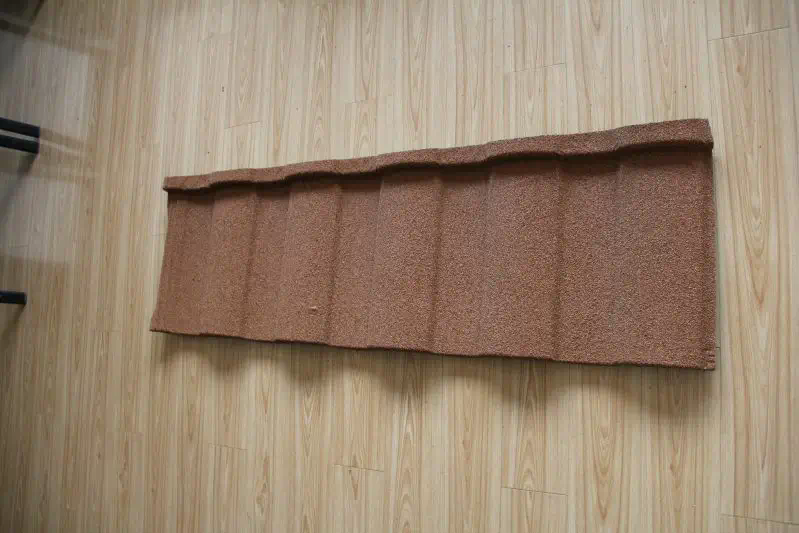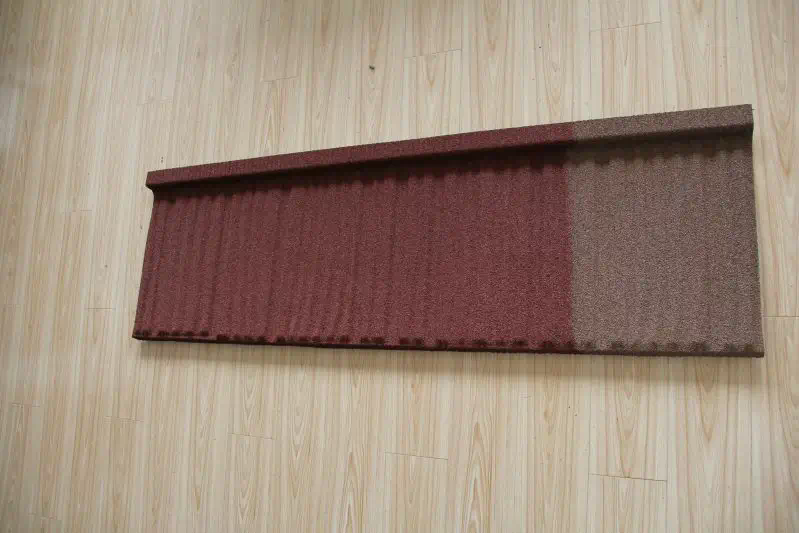Remote monitoring and maintenance of CNC machines have revolutionized the manufacturing industry by enabling real-time tracking and management of machine operations from a remote location. This technology utilizes advanced sensors, data analytics, and connectivity solutions to provide valuable insights into the performance of CNC machines, thereby enhancing productivity, efficiency, and cost-effectiveness. In this article, we will explore the benefits, challenges, and future prospects of remote monitoring and maintenance in the context of CNC machining.
The Benefits of Remote Monitoring and Maintenance
One of the primary advantages of remote monitoring and maintenance of CNC machines is the ability to detect issues and potential failures before they escalate into costly problems. By continuously monitoring key metrics such as temperature, vibration, and tool wear, manufacturers can identify abnormalities and implement preventive measures to avoid unplanned downtime and production delays.
Furthermore, remote monitoring enables manufacturers to optimize machine performance by analyzing historical data and identifying trends that can help improve efficiency and quality. By leveraging real-time data analytics, operators can roller bender make informed decisions regarding tool changes, process adjustments, and maintenance schedules to maximize uptime and minimize waste.
Another significant benefit of remote monitoring is the ability to access machine data from anywhere at any time, allowing manufacturers to oversee multiple machines simultaneously and respond to alerts promptly. This level of flexibility and accessibility enhances operational transparency and empowers decision-makers to take proactive steps to optimize production processes and meet customer demands efficiently.

Challenges and Considerations

Despite its numerous advantages, remote monitoring and maintenance of CNC machines come with various challenges that need to be addressed for successful implementation. One of the key challenges is data security and privacy concerns, as transmitting sensitive machine data over networks may expose vulnerabilities to cyber threats and unauthorized access.

To mitigate these risks, manufacturers must implement robust cybersecurity measures such as encryption, access controls, and network segmentation to safeguard data integrity and protect against potential breaches. Additionally, compliance with industry regulations and standards is essential to ensure the secure transmission and storage of sensitive information.
Another challenge is the integration of remote monitoring technologies with existing CNC systems and infrastructure, as compatibility issues and interoperability constraints may arise when deploying new monitoring solutions. Manufacturers must assess their current setup, evaluate compatibility requirements, and work closely with technology providers to seamlessly integrate remote monitoring capabilities into their operations.
Furthermore, the initial investment and ongoing maintenance costs associated with remote monitoring solutions can be significant, requiring manufacturers to justify the expenses based on the expected returns and long-term benefits. Conducting a cost-benefit analysis and evaluating the potential ROI of implementing remote monitoring and maintenance can help organizations make informed decisions and allocate resources effectively.
Future Prospects and Emerging Trends
Looking ahead, the future of remote monitoring and maintenance in CNC machining holds immense potential for innovation and advancement. As technology continues to evolve, we can expect to see the integration of artificial intelligence (AI) and machine learning algorithms into remote monitoring systems, enabling predictive maintenance capabilities and autonomous decision-making.
By leveraging AI-powered predictive analytics, manufacturers can anticipate equipment failures, optimize maintenance schedules, and enhance overall equipment effectiveness (OEE) by proactively addressing issues before they impact production. This predictive maintenance approach can significantly reduce downtime, extend machine lifespan, and improve operational efficiency in the long run.
Additionally, the adoption of Internet of Things (IoT) devices and edge computing technologies will further enhance the capabilities of remote monitoring systems by enabling real-time data processing and analysis at the edge of the network. This distributed computing model can facilitate faster decision-making, reduce latency, and improve responsiveness in monitoring and managing CNC machines remotely.
Moreover, advancements in cloud computing and data storage solutions will enable manufacturers to leverage scalable and secure platforms for storing and accessing vast amounts of machine data generated through remote monitoring. Cloud-based analytics tools and dashboards can provide actionable insights, visualization tools, and performance metrics to support data-driven decision-making and continuous improvement initiatives.
In conclusion, remote monitoring and maintenance of CNC machines offer significant benefits in terms of operational efficiency, productivity, and cost savings for manufacturers. By embracing this technology and overcoming associated challenges, organizations can unlock new opportunities for innovation, optimization, and competitiveness in the rapidly evolving manufacturing landscape. As we look to the future, the integration of AI, IoT, and cloud technologies will further enhance the capabilities of remote monitoring systems, shaping the next generation of smart manufacturing practices.
https://iflatiron.com/





